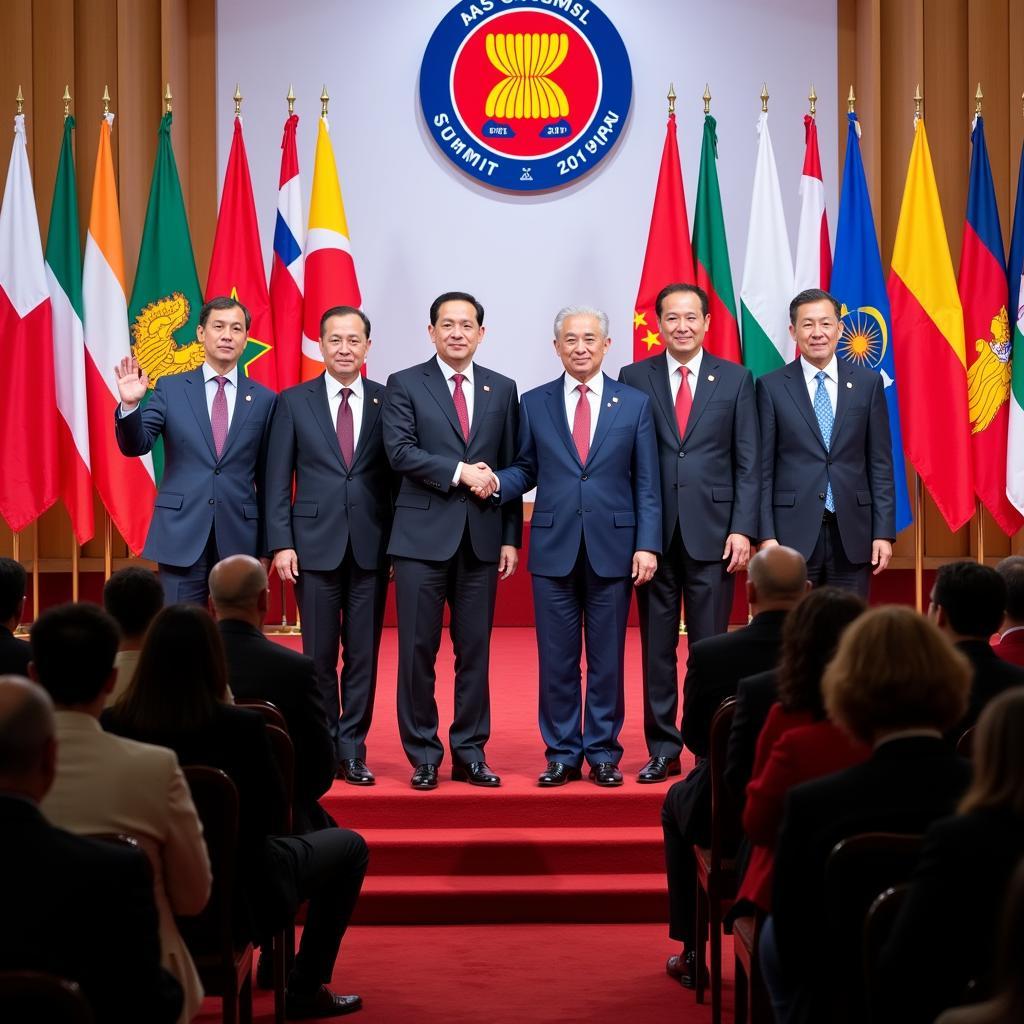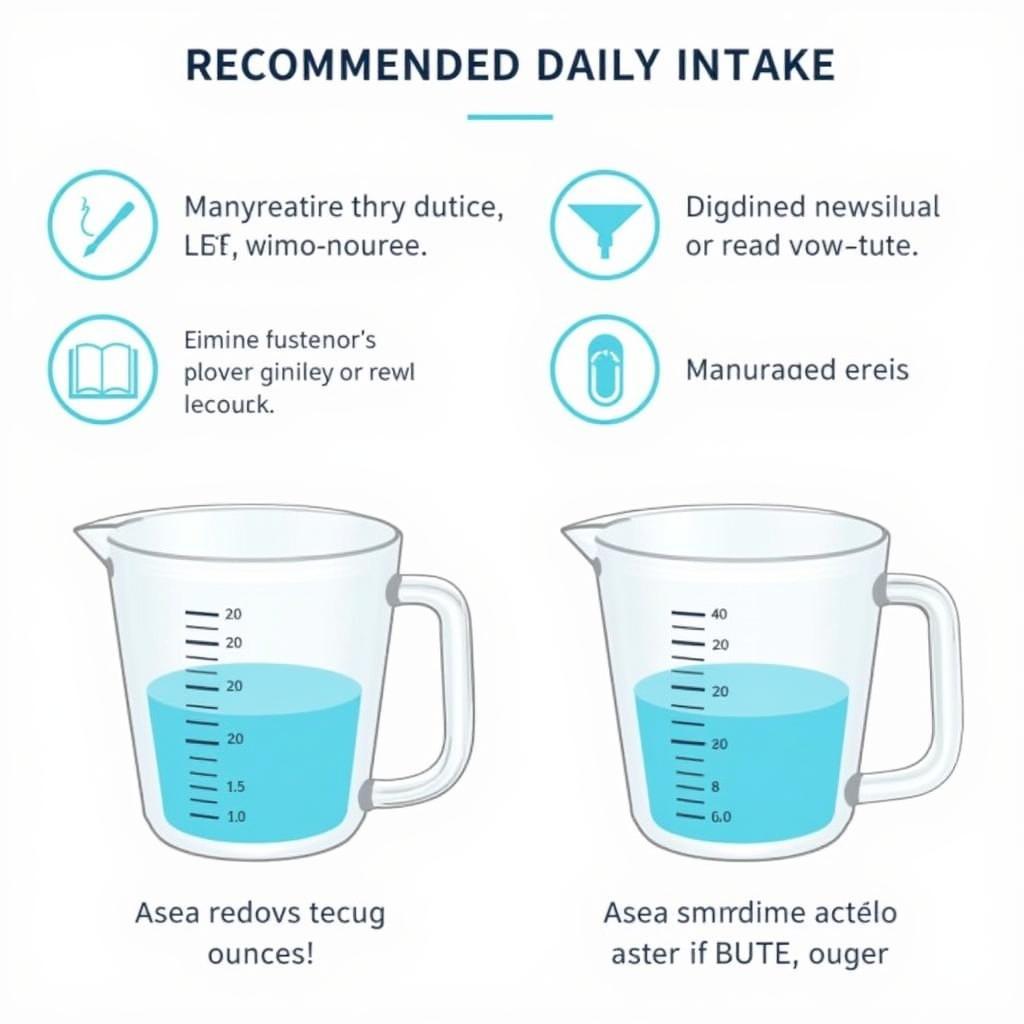The 10 Members Of Asean Summit 2017 gathered in Manila, Philippines, marking a significant milestone in the region’s journey of integration and cooperation. This summit underscored ASEAN’s commitment to tackling shared challenges and promoting regional stability and prosperity.
The 31st ASEAN Summit, held in Manila in 2017, brought together leaders from all ten member states. This gathering provided a platform for discussions on critical issues facing the region, ranging from economic cooperation to security concerns. The summit reaffirmed the importance of ASEAN centrality in maintaining peace and stability in Southeast Asia. The 10 members of ASEAN summit 2017 showcased the organization’s ability to navigate complex geopolitical dynamics and advance its collective interests. The summit also highlighted the importance of collaboration in addressing non-traditional security threats such as terrorism, natural disasters, and climate change. It is imperative to understand the context and significance of the 2017 summit by examining the key players involved, the issues addressed, and the outcomes achieved.
ASEAN 2017: Who Were the 10 Members?
The ASEAN summit in 2017 witnessed the participation of leaders from its ten member states: Brunei Darussalam, Cambodia, Indonesia, Laos, Malaysia, Myanmar, the Philippines (the host nation), Singapore, Thailand, and Vietnam. Each nation brought its unique perspectives and priorities to the table, contributing to the rich tapestry of discussions and decisions.
Brunei Darussalam: Focusing on Economic Diversification
Brunei, a small but wealthy nation, focused on economic diversification and strengthening regional cooperation in areas such as energy and trade.
Cambodia: Promoting Regional Stability
Cambodia, with its focus on stability and economic development, actively participated in discussions on regional security and connectivity.
Indonesia: A Leading Voice in ASEAN
Indonesia, the largest member state, played a crucial role in shaping the summit’s agenda, advocating for greater regional integration and addressing issues such as the South China Sea dispute.
Laos: Bridging Regional Gaps
Laos, a landlocked nation, emphasized the importance of enhancing connectivity and bridging the development gap within ASEAN.
Malaysia: Championing Economic Cooperation
Malaysia focused on promoting economic cooperation and trade liberalization, highlighting the benefits of the ASEAN Economic Community (AEC). Learn more about the achievements of ASEAN.
Myanmar: Engaging with the Regional Community
Myanmar, undergoing a period of transition, actively engaged with the ASEAN community, seeking support for its democratic reforms.
Key Issues Addressed at the 2017 Summit
The 2017 ASEAN Summit addressed a wide range of critical issues:
- South China Sea Dispute: The summit reiterated the importance of peaceful resolution of disputes in the South China Sea based on international law.
- Regional Security: Counterterrorism, cybersecurity, and transnational crime were key security concerns discussed.
- Economic Integration: The summit focused on deepening economic integration and promoting trade within the region.
- Connectivity: Enhancing physical, digital, and people-to-people connectivity was highlighted as a priority.
- Sustainable Development: The summit emphasized the importance of sustainable development goals and addressing climate change.
The Significance of the ASEAN Summit
The ASEAN Summit plays a crucial role in shaping the future of Southeast Asia. It provides a platform for dialogue, cooperation, and consensus-building among member states. The summit helps to address common challenges, promote regional stability, and advance the collective interests of ASEAN.
 Key Discussions at the ASEAN 2017 Summit
Key Discussions at the ASEAN 2017 Summit
Why Was ASEAN Founded?
The foundation of ASEAN stemmed from a shared desire for peace, stability, and prosperity in Southeast Asia. For more details, explore why was ASEAN founded. This regional grouping has evolved over the years, adapting to the changing geopolitical landscape and addressing emerging challenges.
Expert Insights
Dr. Maria Lourdes Sereno, a prominent Southeast Asian political analyst, noted, “The 2017 summit demonstrated ASEAN’s resilience and its ability to navigate complex regional dynamics.”
Professor Chandran Nair, an expert on international relations, added, “The summit underscored the importance of ASEAN centrality in maintaining regional peace and security.”
Conclusion: ASEAN Summit 2017 – A Testament to Regional Cooperation
The 10 members of ASEAN summit 2017 showcased the organization’s commitment to collaborative problem-solving. The summit’s outcomes reflected the shared vision of a peaceful, prosperous, and integrated Southeast Asia. The decisions made at the summit laid the groundwork for further cooperation and progress in the region. You can learn more about the advantages and disadvantages of ASEAN summit 2017.
 ASEAN Summit 2017 Closing Ceremony
ASEAN Summit 2017 Closing Ceremony
FAQ
- What is ASEAN? ASEAN stands for the Association of Southeast Asian Nations.
- When was ASEAN founded? ASEAN was established on August 8, 1967.
- How many members does ASEAN have? ASEAN has ten member states.
- Where was the 2017 ASEAN Summit held? The 2017 ASEAN Summit was held in Manila, Philippines.
- What were the main topics discussed at the 2017 summit? Key topics included the South China Sea dispute, regional security, economic integration, and sustainable development.
See more on ASEAN 31. You can also check out the advantages of asean summit 2017.
Other questions you might have about ASEAN include its history, achievements, and future prospects. You can find a wealth of information on our website.
Contact us for assistance at Phone Number: 0369020373, Email: [email protected]. Our address is Thon Ngoc Lien, Hiep Hoa, Bac Giang, Vietnam. We offer 24/7 customer support.


